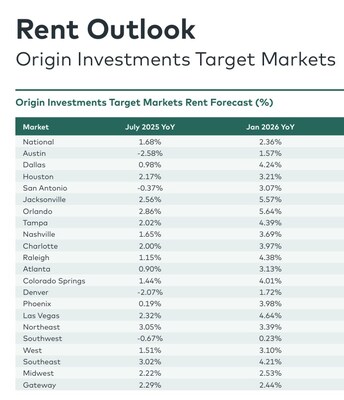BlackRock Reveals a Mistake That Can Cost Workers Up to $625,000 in Retirement Savings
SmartAsset and Yahoo Finance LLC may earn commission or revenue through links in the content below.
A recent study by BlackRock and Human Interest reveals an eye-catching gap in retirement savings between workers with access to employer-sponsored retirement plans and those without. The data shows that median-income employees lacking workplace retirement benefits saved one-eighth as much as those with employer-sponsored retirement plans. And by the time they retire, these workers could have almost $625,000 less than their counterparts with employer retirement programs. The research also showed that building up emergency savings could drive employees without workplace retirement plans to save more for retirement.
If you don’t have access to a workplace retirement plan, a financial advisor can walk you through different options to reach your retirement goals.
Research from asset manager BlackRock and 401(k) provider Human Interest examined savings rates and projected nest eggs for U.S. workers earning median annual incomes of $60,000. According to their findings, those with access to automated, employer-based retirement savings tools contributed an average of 7.4% of their salaries. Comparatively, workers without such benefits saved just 0.9% annually.
This eight-fold gap in savings rates creates a similarly wide disparity in long-term retirement fund accumulation. The study projects that at age 65, the average worker using their employer’s retirement plan would have accrued $710,900 for retirement. Their counterpart without this benefit would have only $86,500, which is $624,400 less.
Note that this analysis does not account for the effects of potential employer matches. In many employer-sponsored plans, employers will match employee contributions up to a specified percentage of the employee’s salary. This benefit can significantly increase the amount of money going into a retirement savings account.
Saving less than 1% annually makes it difficult for most workers to accumulate sufficient retirement savings. According to widely employed guidelines, the average American needs approximately 75% of preretirement income after leaving the workforce. With only $86,500 in retirement accounts, workers without employment-based savings plans will likely face significant financial shortfalls in their later years.
Deficits of that magnitude can lead to all sorts of undesirable outcomes, including inadequate income, diminished quality of life and over-reliance on government programs in retirement. Accessing workplace retirement accounts makes it far easier for employees to save consistently so they can maintain their standard of living after leaving full-time employment. Get matched with a financial advisor if you need help building a retirement plan.





Leave a Reply